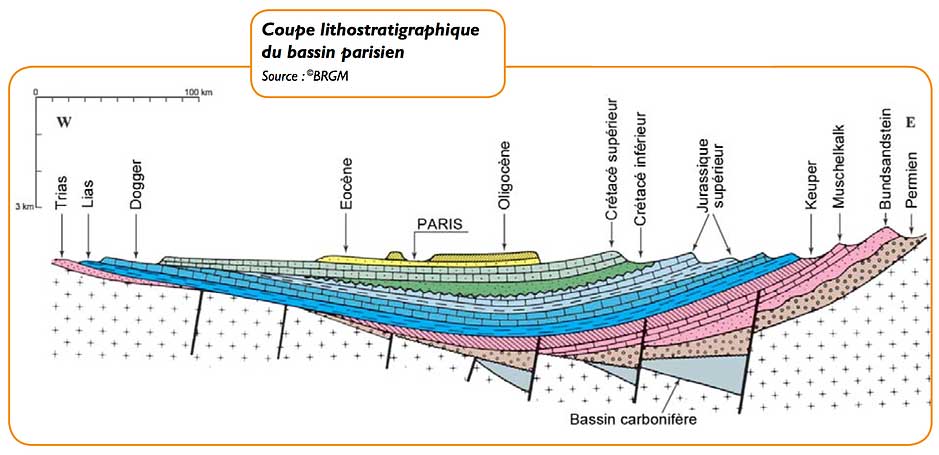2.2 Horizontal Extent and Thickness
As Table 4 shows, the mega aquifer systems are very large, but their sizes vary considerably. Fourteen of them have an extent of one million square kilometers or more. The largest aquifer system – the West-Siberian Basin – measures 3.2 million km2, while the smallest one – California’s Central Valley Aquifer System – measures only 52 thousand km2. These and other numbers in Table 4 are subject to considerable uncertainty because detailed assessment of an entire mega aquifer system requires far more financial resources and efforts than are usually available. It is therefore likely that several of the listed mega aquifer systems in reality do not form a single hydraulically continuous system but consist of several neighboring, hydraulically unconnected, or poorly connected, aquifer systems composed of similar geological formations. For the same reason, parts of the lateral boundaries undoubtedly have been deduced from secondary information rather than defined and confirmed by field work. Together, the 37 mega aquifer systems cover an area of around 35 million km2, which is almost 26 percent of the total land surface on earth excluding Antarctica (136 million km2).
It is difficult to accurately define the mean thickness of the mega aquifer systems. The estimates of maximum thickness for many of the systems listed in Table 4 are large, but the lack of field observations limits the accuracy of most of these values. Furthermore, most of the values probably refer to the entire sedimentary sequence of aquifers and confining units (e.g., Atlantic and Gulf Coastal Aquifer System) rather than to only the aquifer beds (e.g., High Plains Aquifer), but this is often not clearly stated in the publications. Note that the mean thickness of mega aquifer systems is usually substantially less than their maximum thickness, in particular in sedimentary basins. This is illustrated in Figure 10 for the Paris Basin, where the maximum thickness of the sedimentary sequence is perhaps four to five times its mean thickness. In addition, the mean cumulative thickness of productive aquifer rocks is even less because a significant part of the vertical lithological sequence is occupied by confining beds. Finally, the deeper aquifer beds in the majority of the mega aquifer systems tend to contain brackish or saline water, and occasionally hydrocarbons.

Figure 10 – Simplified geological section across the Paris Basin (Hanot et al., 2011).
